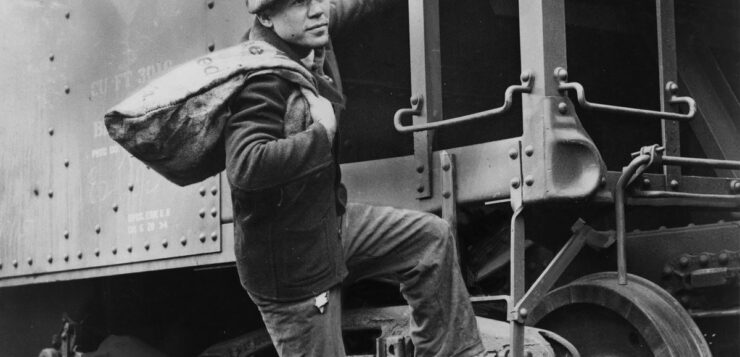THE FIRST TIME a stranger placed his hand on Jack Worby’s thigh, Jack was not entirely sure what to do. He was seventeen, an orphan who had been shuttled among various foster homes and reform schools, but now he was on his own and on the road in Buffalo, New York, confronted with a situation he had never faced before. The stranger seemed nice enough, gentle and reassuring, Worby later wrote, and “when he kept endearing me with his words and caresses I began to get a queer sensation which I could not for all the world of me account for. It was a sort of soothing thrilling feeling which seemed to urge itself on as soon as he touched me. It seemed as if I didn’t want him to take his hand off my thigh and when at last he did take it off I had a feeling of utter loneliness. I had never experienced anything like this before and the fact that I was with a man made it all the more difficult to explain.”
 Jack Worby was one of the hundreds of thousands of young men who took to the roads and rails of America in the decades between the end of the Civil War and the onset of the Great Depression of the 1930s. They called themselves tramps or hoboes or ’boes.
Jack Worby was one of the hundreds of thousands of young men who took to the roads and rails of America in the decades between the end of the Civil War and the onset of the Great Depression of the 1930s. They called themselves tramps or hoboes or ’boes.
William Benemann is the author of Men in Eden: William Drummond Stewart and Same-Sex Desire in the Rocky Mountain Fur Trade and Unruly Desires: American Sailors and Homosexualities in the Age of Sail.







